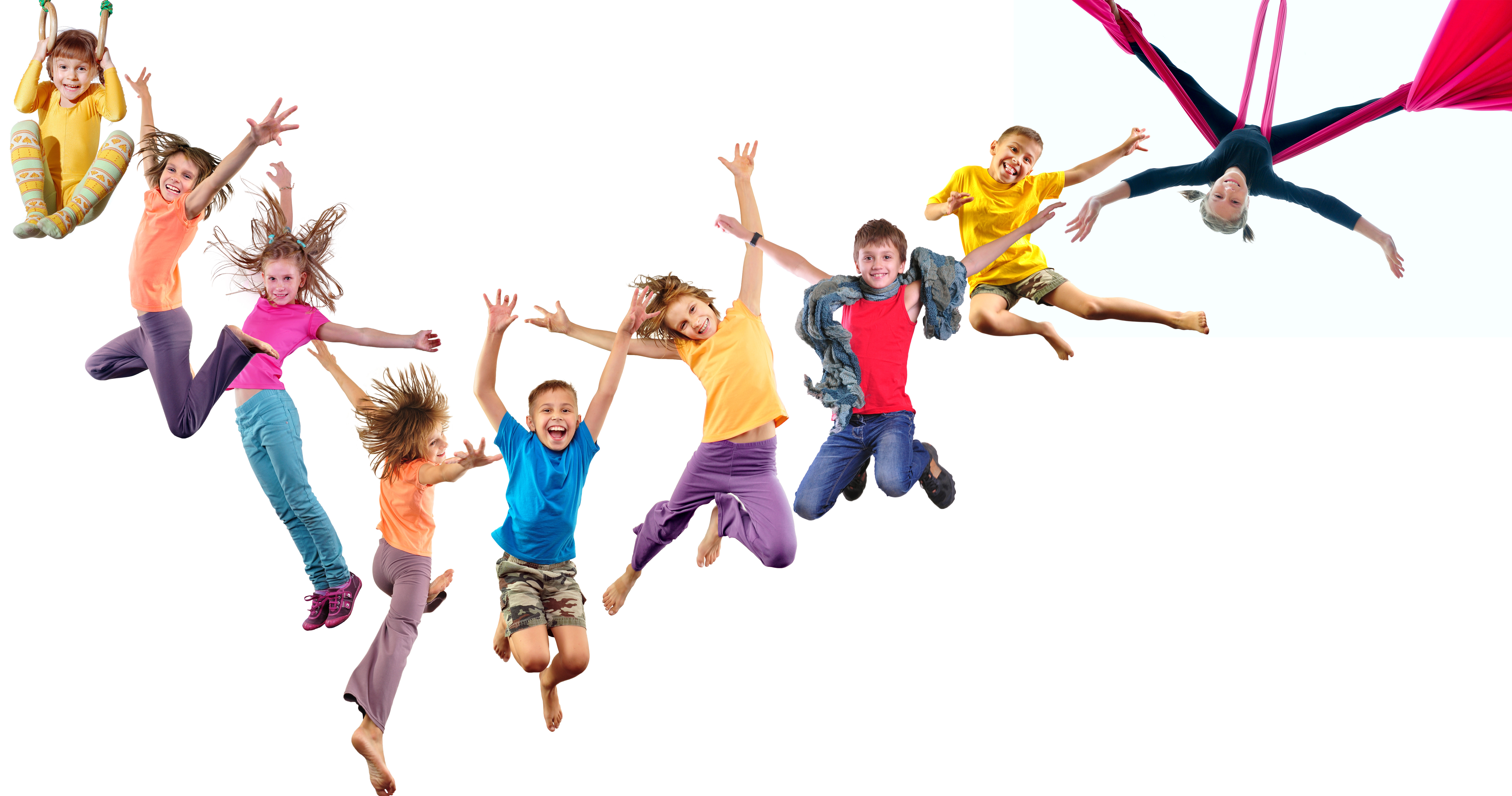Updating Traditional PreK-3 Education Practices: Multisensory Games are Here to help

Every classroom must deal with the challenge of teaching children that have a variety of backgrounds, experiences, and learning styles. Each student will have their own strengths and weaknesses, some more apparent than others, and it's up to each educator to find the best approach to ensure no child is left behind. Traditionally, the answer to this has been to determine each child’s specific learning style – auditory, kinesthetic, or visual – and teach in a way that matches that style. However, this theory of learning has been continually debunked, despite a large portion of the population still believing in it.
A better approach that promises to make education more accessible for all students, including those with disabilities, is multisensory learning. Here we look at how multisensory games can improve student learning and increase effectiveness when combined with modern technology.
What is Multisensory Learning?
Taking in information requires using our senses and multisensory learning is all about encouraging students to use more than one of their senses at a time. This is how our brains have evolved to work in a multisensory world and its benefits are borne out by numerous studies that show the connection between play and healthy child development. Its use in the classroom has been particularly popular with children who have learning deficiencies such as Dyslexia and ADHA, but it can also be just as useful to children without disabilities.
For example, when teaching preschoolers how to count, instead of having them listen and repeat what the teacher is saying, they might be given some apples that they can count, touch, and smell. This type of hands-on learning makes it easier for students to collect information, make connections, and form stronger memories. There are literally hundreds of different ways to approach this. Songs that teach students the days of the week, writing letters or numbers in sand, air writing, all of these are examples of multisensory learning.
Multisensory learning is a part of Universal Design for Learning (UDL), a framework for teaching that seeks to remove barriers to learning and give students multiple options in how to interact with lessons. By offering multiple ways to connect with new information, students will have more equal opportunities to succeed. For educators, it provides a flexible approach that can be adapted to fit each child's needs while also making it easier to keep students engaged and motivated.
How Educators Can Apply Multisensory Games in the Classroom
The difficulty for many educators is finding ways to integrate multisensory learning in everyday classroom activities. It’s not always easy determining what sort of activities a particular student would most benefit from. Groups activities can also be made difficult by different students being at different developmental levels. Some will need more supervision than others. Fortunately, technology can provide an answer and lift many of the barriers that previously made the use of multisensory games more limited.
Early uses of technology in the classroom were somewhat limited in their use. Devices such as overhead projectors and cassette players were only really meant as teacher aids and didn’t allow for direct student interaction. But newer advances in computer software, touchscreen, and motion technology now offer a plethora of options for designing lesson plans in the modern classroom. Educators concerned about difficulties with integrating these new technologies can take heart in knowing that many of them have been designed from the ground up for ease of use and flexibility. As a method for bringing multisensory learning into the classroom, these new technologies now make it easier than ever.
Kinems, an educational platform designed for PreK-5 students, is one such system. With more than three dozen multisensory games to choose from, full customization, and a tracking system that provides progress reports, educators can easily make multisensory learning a part of daily classroom activities. Educators can choose a game based on a student’s needs and customize the difficulty settings as needed. Multiplayer games allow for group activities. Tracking software allows for a student’s growth to be monitored and assessed. Promising full immersion and easy integration, platforms like Kinems are already making inroads into classrooms across the country.
The benefits of making more use of computer technology in the classroom are backed up by research studies. They provide a predictable environment that can reduce anxiety and improve results and save on classroom time. In addition, the use of motion-based or full-body touchless technologies allows for wide use of movement-based exercises that can improve motor skills as well as academic skills. These benefits aren’t limited to students with learning or attention issues, and they can be just as useful to those without special needs, particularly when it comes to language learning.
Final Thoughts
For educators who are looking for more ways to educate students, multisensory learning combined with modern technology can show the way forward. What’s important is finding the most effective way to display information to students, whether it’s through a video, an interactive game, or a physical object. As more schools adopt the use of computer-based learning platforms, we’re likely to see more advances in the technology that will simplify and streamline their use.